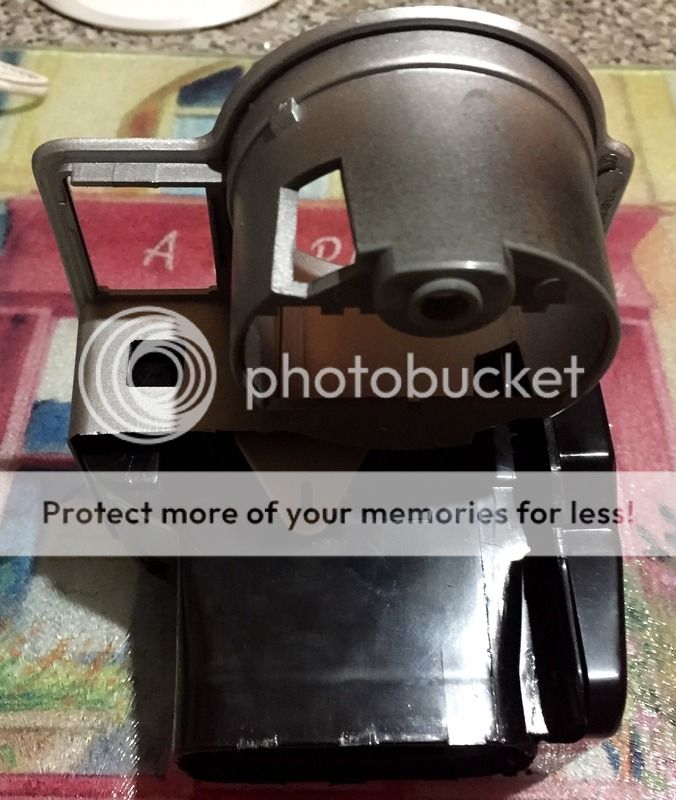Time to give this thread a jump start.
My ghetto fender repair: (a larger image is available if you click the thumbnail).

Background: Yeah, I know I should have ripped the foam out of the fender, but I didn't. Yeah, I have a proper fender to replace this rotted one. But: I started to do the proper fender replacement last week because I have to get my car inspected before the end of January.
And on the 4th fastener, it broke. The 4th fastener did, anyway. It was a combination of rusting in place, and the fastener itself was probably weakened due to rust as well. The wind was blowing. I was outside, and even though it was sunny, the wind chill was freaking below zero F.
Hmm.... let's put it all back together and think up something else. So the above is the something else. This is a roofing repair aluminum tape. It beats duct tape all over for this repair. Why? 1) it comes with a tar based adhesive, 2) the repair ends up being waterproof, 3) you can play with it and use a heat gun to stick it down, 4) it is aluminum, so it is much more kewl than duct tape. 5: most important: It is GHETTO!!!
I suppose I could even spray it white if I bothered and wanted to fool the inspector guys. It was easy to install. Just trim to fit, and turn on the heat gun. I have a layer on the inside, so the fender itself is sandwiched. And I am sure it won't come loose before I get around to doing it right. The tar gets sticky before it burns your hands, but if you're worried, a pair of work gloves will save you if you're slow.
I suppose the summer in Phoenix could call the durability of this repair into question. Maybe, but I don't know. Then again, if you live in a place that <bleep>ing hot, your fenders won't be rusting due to salt corrosion, so the question is moot, isn't it?
Anyway, enjoy!
PH





































